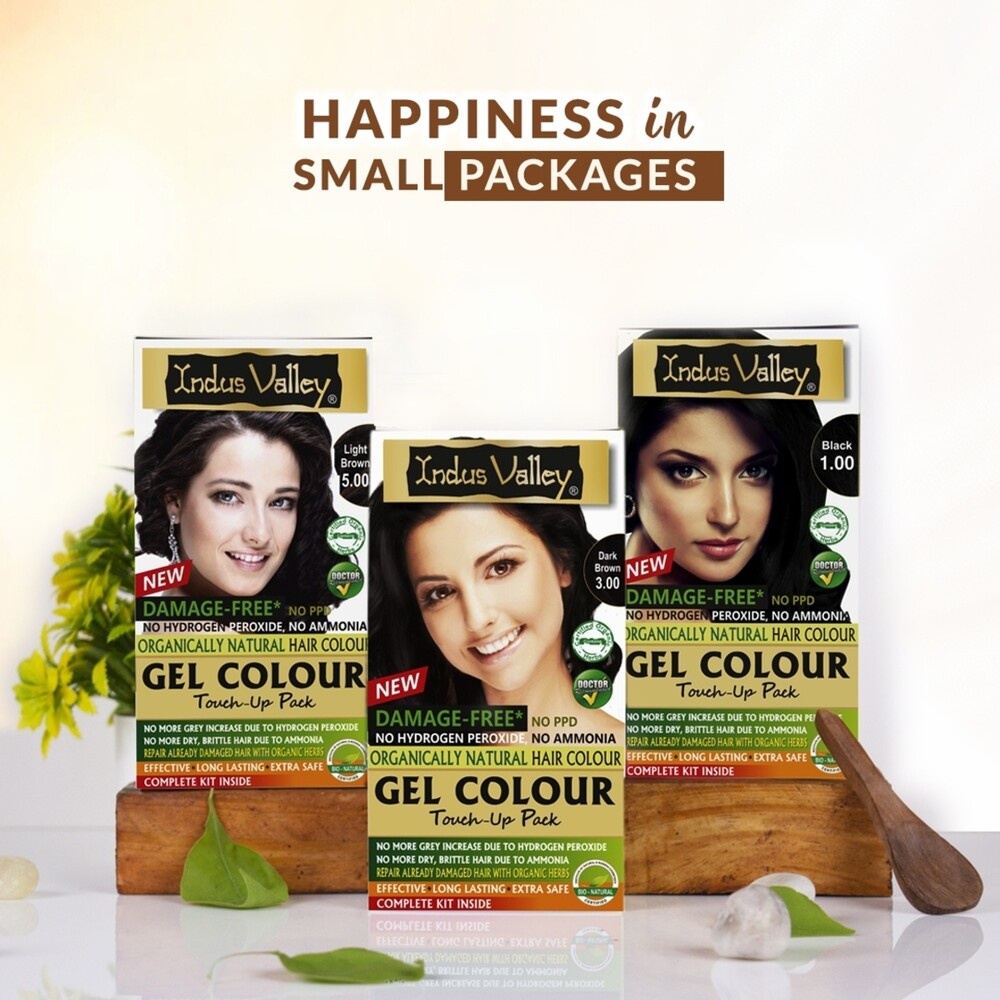Over the past few decades, colouring one's hair with a hair dye has grown fairly popular. It is currently used by millions of people of both sexes. Although improving hair colour is the main benefit of hair colouring, both men and women use it to hide grey hair.
Hair colouring is thought to make you look younger and give your hair the ideal sheen and structure. Due to rising disposable money and greater fashion consciousness among both men and women, the use of hair dyes has greatly expanded in recent years. Although its widespread use is a result of its aesthetic attractiveness, it is important to remember that it can cause long-term issues. Additionally, you should be warned that frequent and heavy usage of such products might permanently harm your hair. This page will explain what happens when you dye your hair, the typical ingredients in hair colours, and the negative effects of hair colouring. Additionally, practically everyone who uses cruelty free hair colour frequently wonders whether colouring the hair permanently damages it.
What Happens When You Dye Your Hair?
Hair colouring is a common cosmetic operation carried out at home as well as by experts. It has become simple to colour your hair at home because hair colours are so commonly available. However, there are not many things to understand about hair colours and the colouring procedure.
Roots and shafts are the components of hair. The shaft of the hair, not the root, is coloured when it is dyed. The cuticle, cortex, and medulla make up the three layers that make up the shaft. The cortex is the area that is made up of natural colour pigments, the cuticle comprises densely packed cells, and the medulla has a hollow core (these are the pigments which determine the colour of the hair). When you employ colouring chemicals, they either remove the hair shaft's original colour, add a new colour, or do both.
Ammonia and peroxides are only a couple of the many compounds used in hair colours.
In general, there are three categories of hair dyes:
- Temporary
- Semi-permanent & Permanent
- Demi Permanent Hair Colour
Temporary Hair Dyes: The product must enter the hair's cuticle in order to deposit or remove colour from the cortex of the hair in order to colour hair permanently. Large molecules found in temporary hair dyes prevent them from penetrating the cuticle. As a result, these dyes only cover the hair shaft, giving the hair a transient colour.
It is one of the most popular methods for colouring hair to get a blonde or golden hue. By oxidising the hair follicles, bleaching has the effect of colouring the hair. This dehydrates the hair follicles in addition to harming the hair in its natural form. Additionally, it can result in dryness, breakage, and split ends, all of which can result in hair loss.
Semi-Permanent Hair Dyes: Small compounds found in these hair dyes, including aromatic amines, cause the hair shaft to expand. In turn, this allows the dye to pass through the cuticle and into the cortex, colouring it.
Semi-permanent hair colours are widely used because they are simple to apply and don't include bleach. Furthermore, these dyes just provide a coating of colour that gradually fades over a period of six weeks rather than altering the natural colour of the hair. They do not alter the nutritional content of the hair follicles; they merely add a layer. As a result, they are frequently the first hair care advice when it comes to colour and are thought to be safer than permanent hair colours.


No comments yet